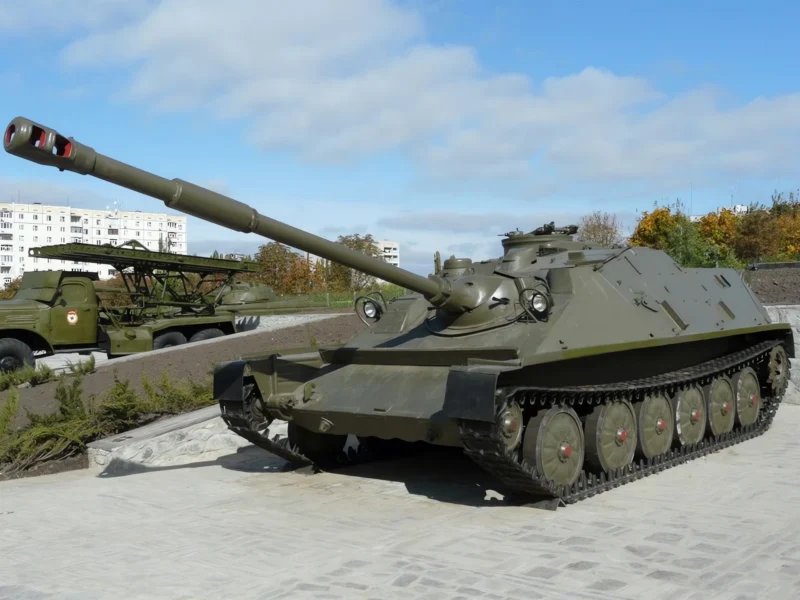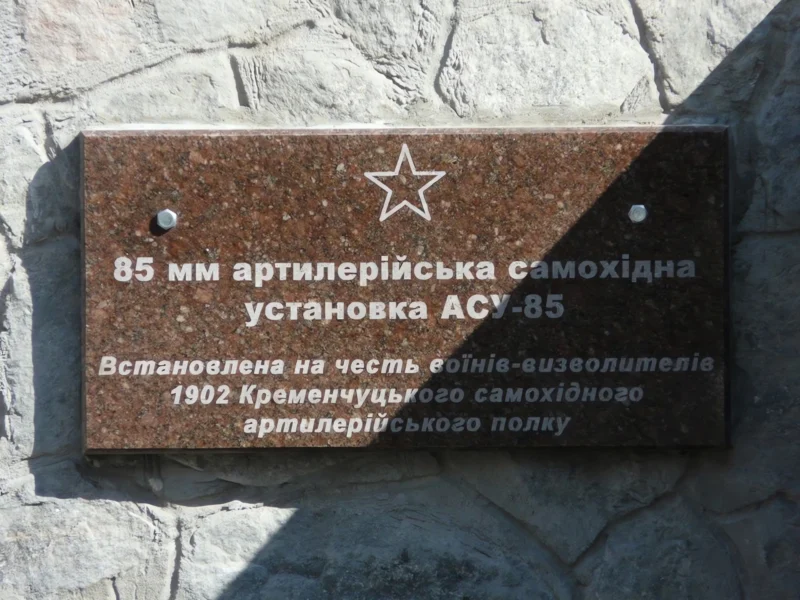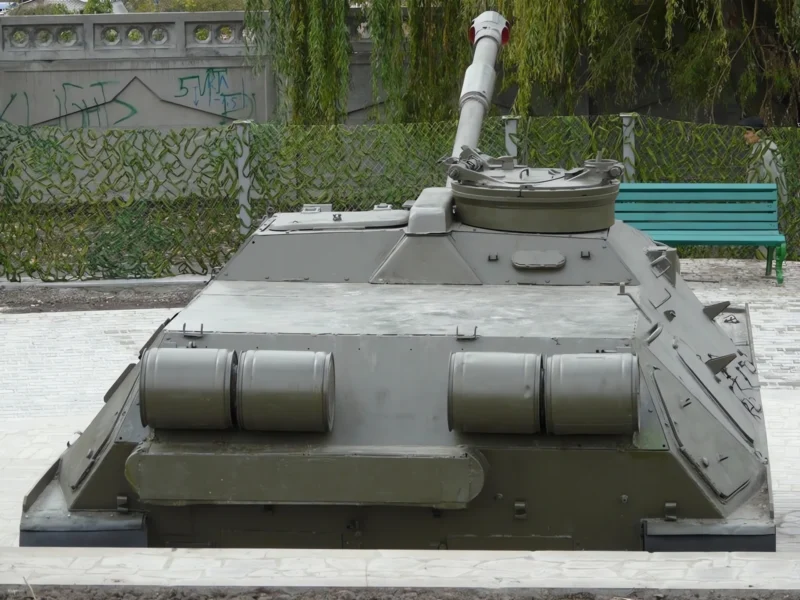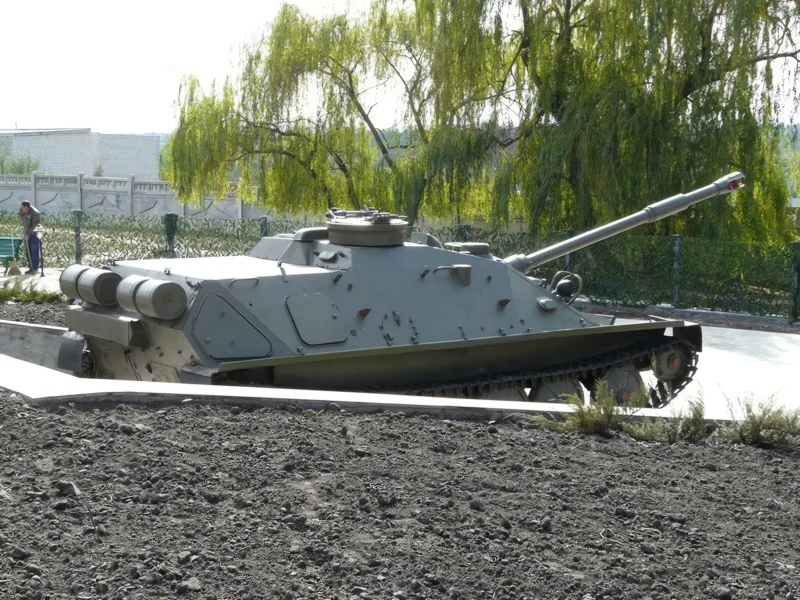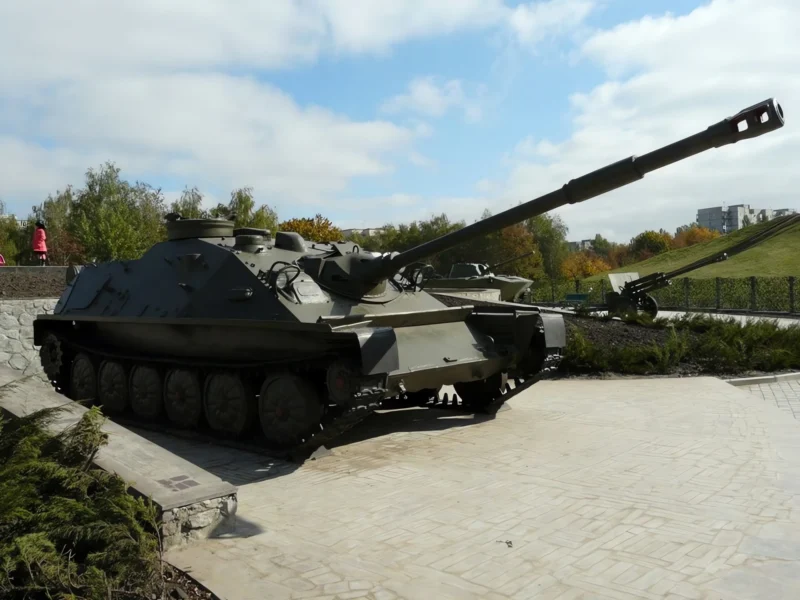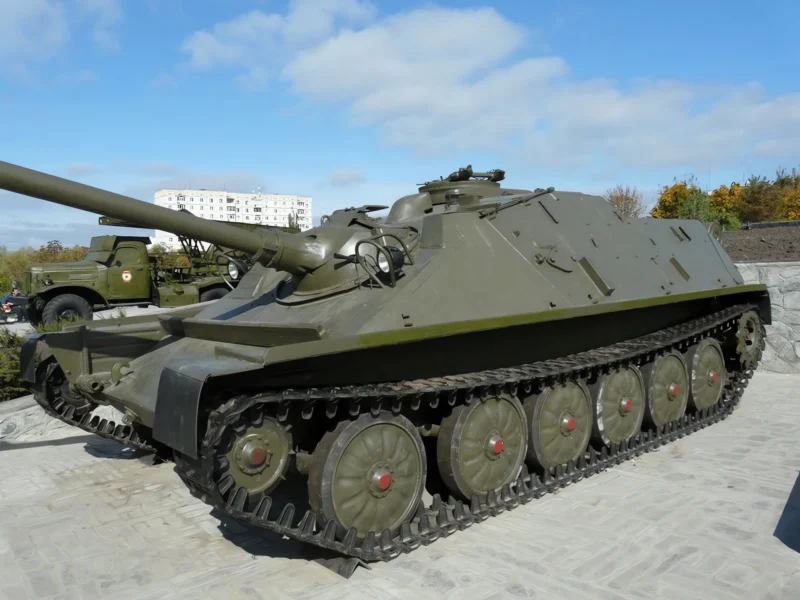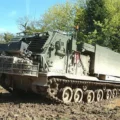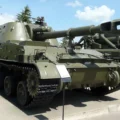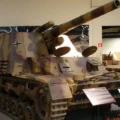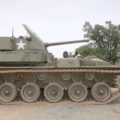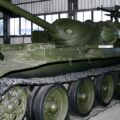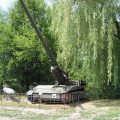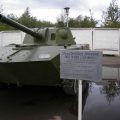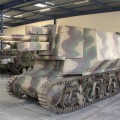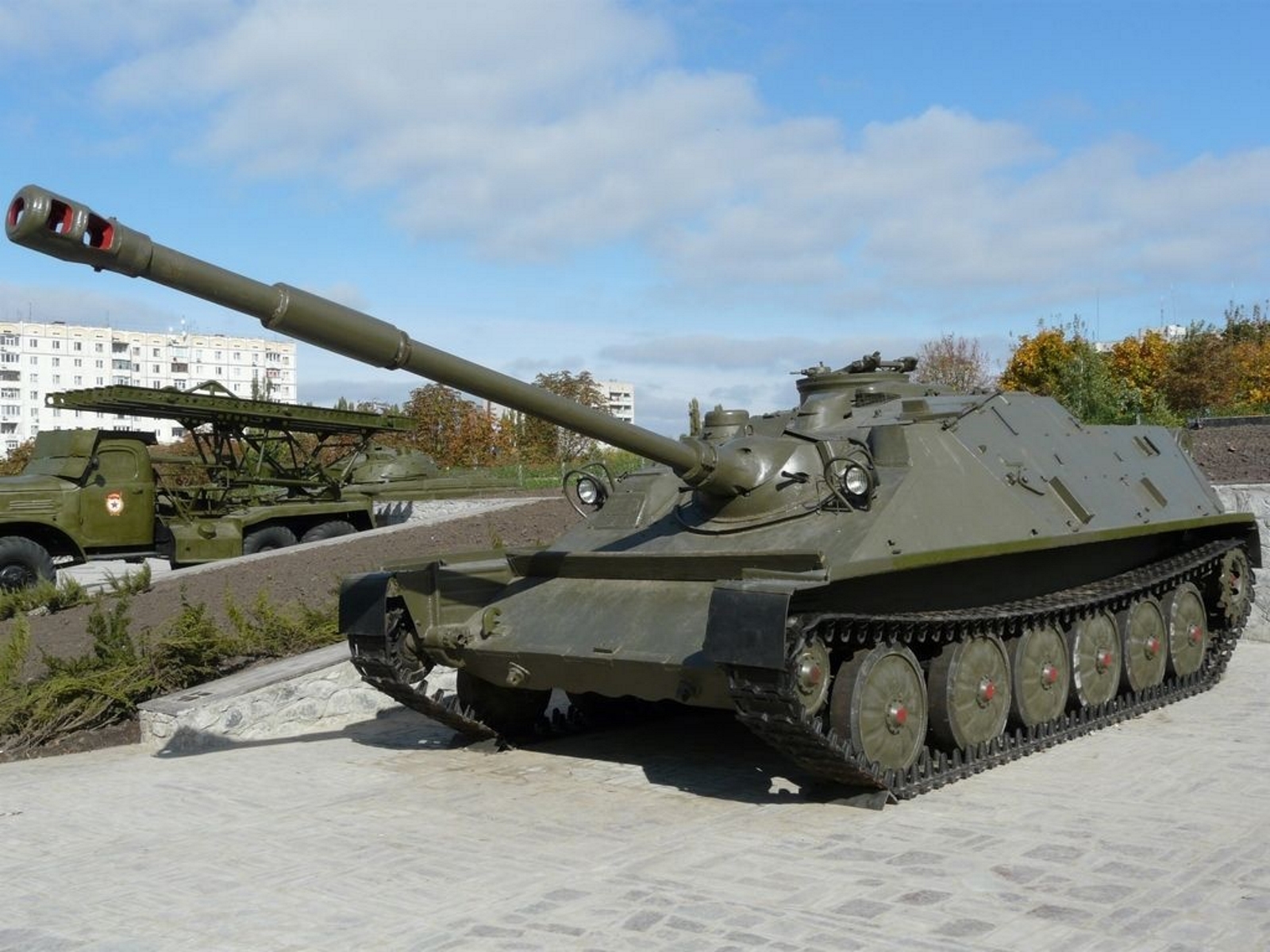
ASU-85 | |
|---|---|
| Country | Soviet Union |
| Role | Self-propelled gun |
| In service | 1959–1993 |
| Produced | 1959–1966 |
The ASU-85 (Russian: Авиадесантная самоходная установка, АСУ-85, Aviadesantnaya Samokhodnaya Ustanovka, ‘airborne self-propelled mount’) is a Soviet-designed airborne self-propelled gun of the Cold War Era. From 1959, it began to replace the open-topped ASU-57 in service. It was, in turn, replaced by the BMD-1 beginning in 1969.
Source: ASU-85 on Wiki
| ASU-85 Walk Around | |
|---|---|
| Photographer | Unknow |
| Localisation | Unknow |
| Photos | 59 |
See also:
The ASU-85 is a Soviet-designed airborne self-propelled gun that was used during the Cold War. It was developed in the 1950s by Nikolaj Astrov and his team at the Mytishchi Machine Building Plant. The ASU-85 was based on the PT-76 light tank chassis, but with a new engine and a closed casemate that housed an 85 mm D-70 gun. The ASU-85 could be transported by air and parachuted to support airborne troops.
It had a four-man crew and a maximum speed of 45 km/h on road. The ASU-85 had a thin armour of 6 to 45 mm, making it vulnerable to enemy fire. It was intended to replace the open-topped ASU-57, but it was soon surpassed by the more modern BMD-1. The ASU-85 saw combat in several conflicts, such as the invasion of Czechoslovakia, the Soviet-Afghan War, and the Sino-Vietnamese War.
Views : 5396
